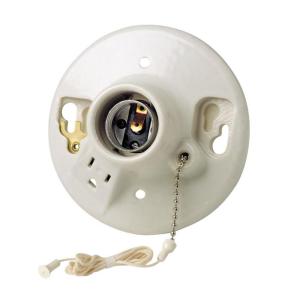There are many reasons you might need to convert a 220-volt outlet to a 120-volt outlet. For example, you might move into a house that has outlets for high-powered appliances like dryers or ovens, but you want to put a regular 120-volt outlet there. While it’s not super complicated to convert a 220V outlet to 120V, you do need to be careful and have a basic understanding of electrical systems to do it safely. I’ll walk you through how to do it.
To convert a 220V outlet to 120V, you have to rewire the outlet by disconnecting one of the hot wires and changing the breaker. Make sure you turn the power off before you start, and if you’re not sure what you’re doing, get an electrician.
Dealing with electrical outlets can be dangerous, so you need to be careful. Here’s how to convert a 220-volt outlet to 120 volts.
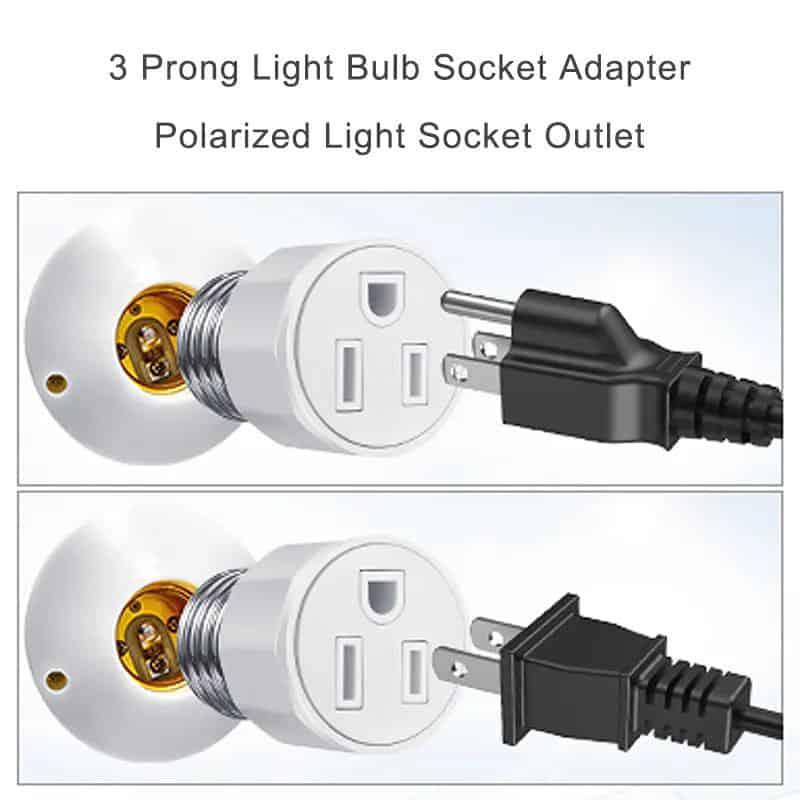
Step 1: Turn Off the Power at the Circuit Breaker
Before working on any outlet, the most important thing is to ensure the power to the circuit is completely turned off. This step is essential for your safety to prevent electrical shock or injury. Start by locating your home’s breaker box, usually found in a utility room, basement, or garage. Identify the breaker that controls the 220V outlet you want to convert. It may be labeled on the breaker panel, but if not, it’s a good idea to test and confirm.
Switch the breaker to the “off” position. If you’re unsure which breaker corresponds to the outlet, turning off the main breaker will ensure no electricity is running through the circuit. Once the breaker is off, use a voltage tester on the outlet to ensure it’s no longer receiving power. Voltage testers are easy to use and will indicate whether the outlet is still live. Safety is the top priority here, so double-check before proceeding.
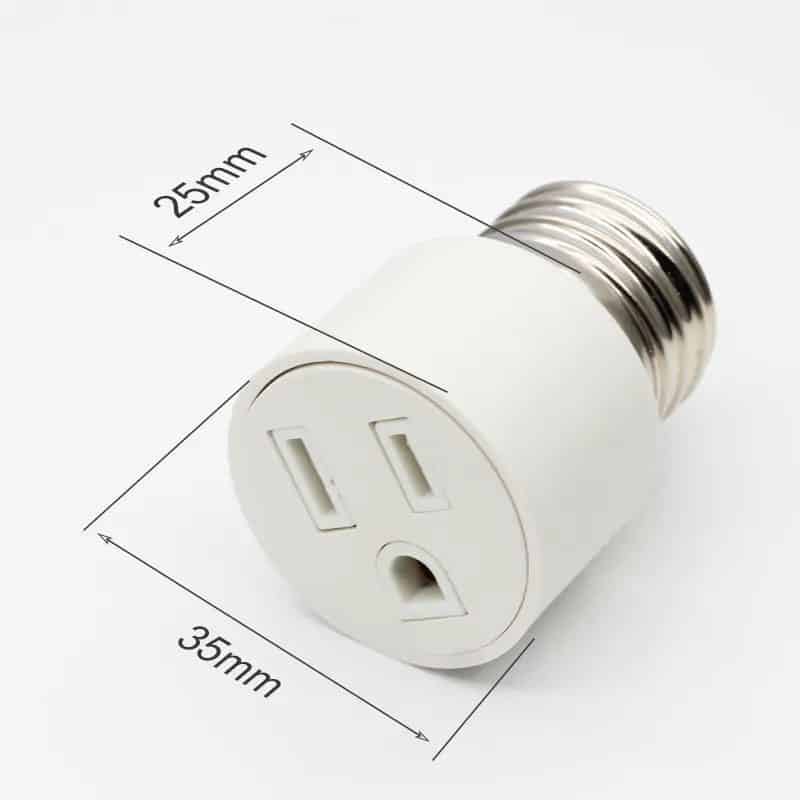
Step 2: Understand the Wiring of a 220V Outlet
A key part of converting a 220V outlet to a 120V outlet is understanding how the wiring works. A 220V outlet is wired differently from a 120V outlet and is typically used for high-powered appliances like ovens, dryers, or air conditioners. It contains two “hot” wires, a neutral wire, and a ground wire.
In a 220V setup, each hot wire carries 110 volts. When combined, these two hot wires provide the total 220 volts needed to power high-energy devices. The neutral wire allows the circuit to balance, while the ground wire provides safety by grounding the electrical flow.
To convert the outlet to 120 volts, you need to remove one of the hot wires. This will reduce the voltage being supplied to the outlet and make it compatible with regular 120V appliances. The conversion process is mostly about adjusting these wires correctly, so understanding their roles is crucial.
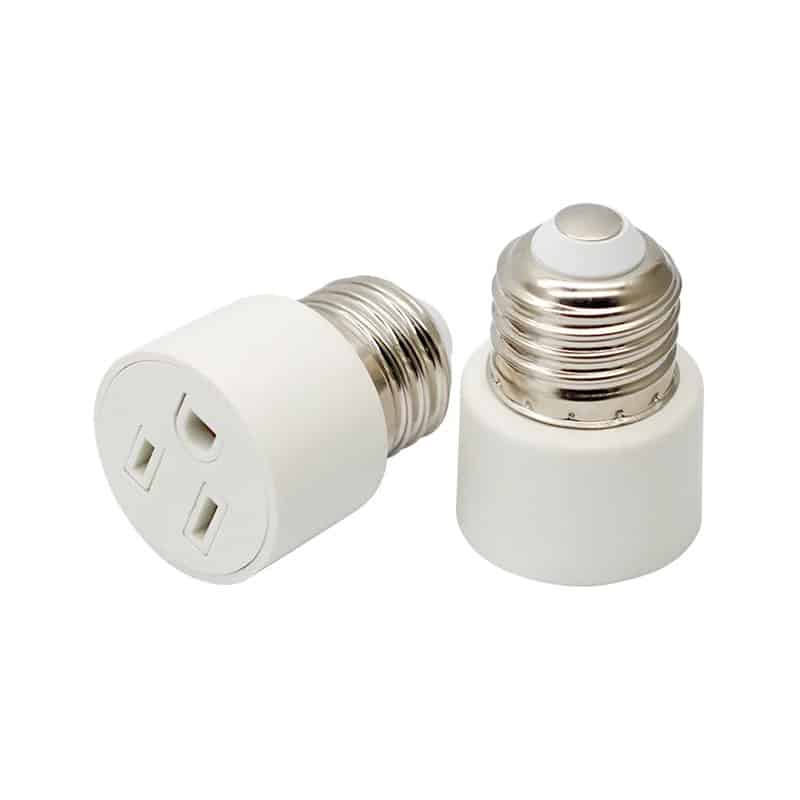
Step 3: Rewire the Outlet
With the power turned off and the wiring understood, the next step is to rewire the outlet itself. Begin by removing the outlet cover. Using a screwdriver, unscrew the outlet from the electrical box and carefully pull it out. You will see four wires connected to the back of the outlet: two hot wires (typically one red and one black), one neutral wire (white), and a ground wire (green or bare copper).
Here’s how to proceed:
- Disconnect one of the hot wires (it’s common to disconnect the red wire, but either hot wire can be removed). Use a wire nut to safely cap the wire you just disconnected. This ensures it won’t accidentally come into contact with anything that could cause a short circuit or shock.
- Leave the other hot wire (usually the black wire) connected to the terminal, as this will now carry the 120 volts needed to power the outlet.
- Ensure that the neutral wire and the ground wire remain securely connected to their respective terminals. These are necessary for the safe operation of the 120V outlet.
By capping off one hot wire and leaving the other connected, you’ve now effectively reduced the voltage flowing to the outlet.
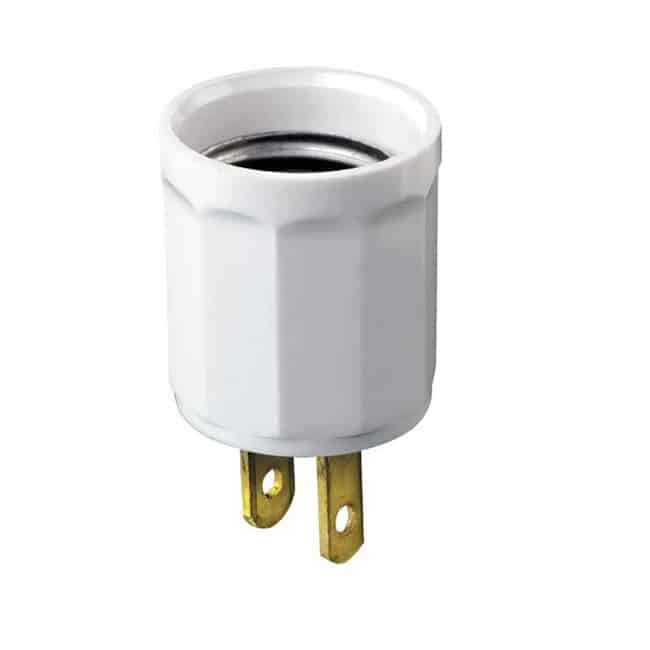
Step 4: Replace the Circuit Breaker (If Necessary)
After rewiring the outlet, you may need to replace the circuit breaker as well. In most cases, a 220V circuit is protected by a double-pole breaker, which is designed to handle the higher voltage and current flow. However, a 120V outlet only requires a single-pole breaker.
To complete the conversion, you’ll need to replace the double-pole breaker with a single-pole breaker that matches the amperage required by the 120V outlet. This is typically 15 or 20 amps, depending on the outlet’s intended use.
If you’re unsure about replacing the breaker yourself, it’s a good idea to contact a licensed electrician. Replacing a breaker requires working directly with the electrical panel, which can be dangerous if not handled properly. A professional can ensure that the breaker is swapped out correctly and that the circuit is safely configured for 120V power.
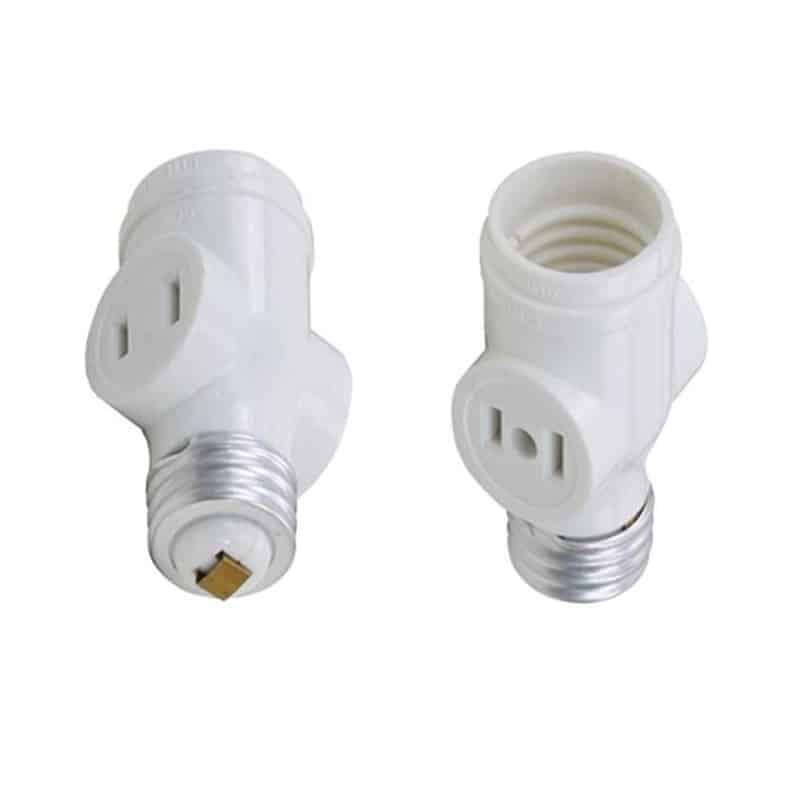
Step 5: Install the New 120V Outlet
Now that the wiring is configured for 120 volts and the breaker has been adjusted (if necessary), it’s time to install the new outlet. Attach the remaining hot wire (black), neutral wire (white), and ground wire (green or bare copper) to the appropriate terminals on the new 120V outlet.
- The hot wire should be connected to the brass or gold-colored terminal.
- The neutral wire connects to the silver terminal.
- The ground wire attaches to the green ground screw.
Make sure that each connection is tight and secure, as loose wiring can cause electrical issues later on. Once everything is connected properly, screw the outlet back into the electrical box, and replace the outlet cover.
Step 6: Test the New 120V Outlet
Once the new outlet is in place, it’s time to test your work. Head back to the breaker box and turn the power back on. Using a voltage tester, check the new outlet to ensure it is delivering 120 volts. The tester should indicate that the outlet is functioning properly.
After testing with a voltage tester, plug in a small appliance, such as a lamp or a phone charger, to ensure the outlet is working as expected. If the device powers on without issue, your conversion was successful.
However, if you notice any problems, such as the outlet not working or flickering power, turn off the power immediately and check your wiring. Ensure all connections are secure and correct. If issues persist, it may be time to call a professional to inspect the work and ensure the conversion was done safely.
Final Words:
Converting a 220V outlet to a 120V outlet involves several steps, including turning off the power, rewiring the outlet, and possibly changing the circuit breaker. Throughout the process, it’s important to take safety precautions by turning the power off, using the right tools, and making sure all the wiring is secure.
If you’re ever in doubt about any step, please consult a licensed electrician. By following these steps, you can convert a 220V outlet to a 120V outlet for your regular household devices.

